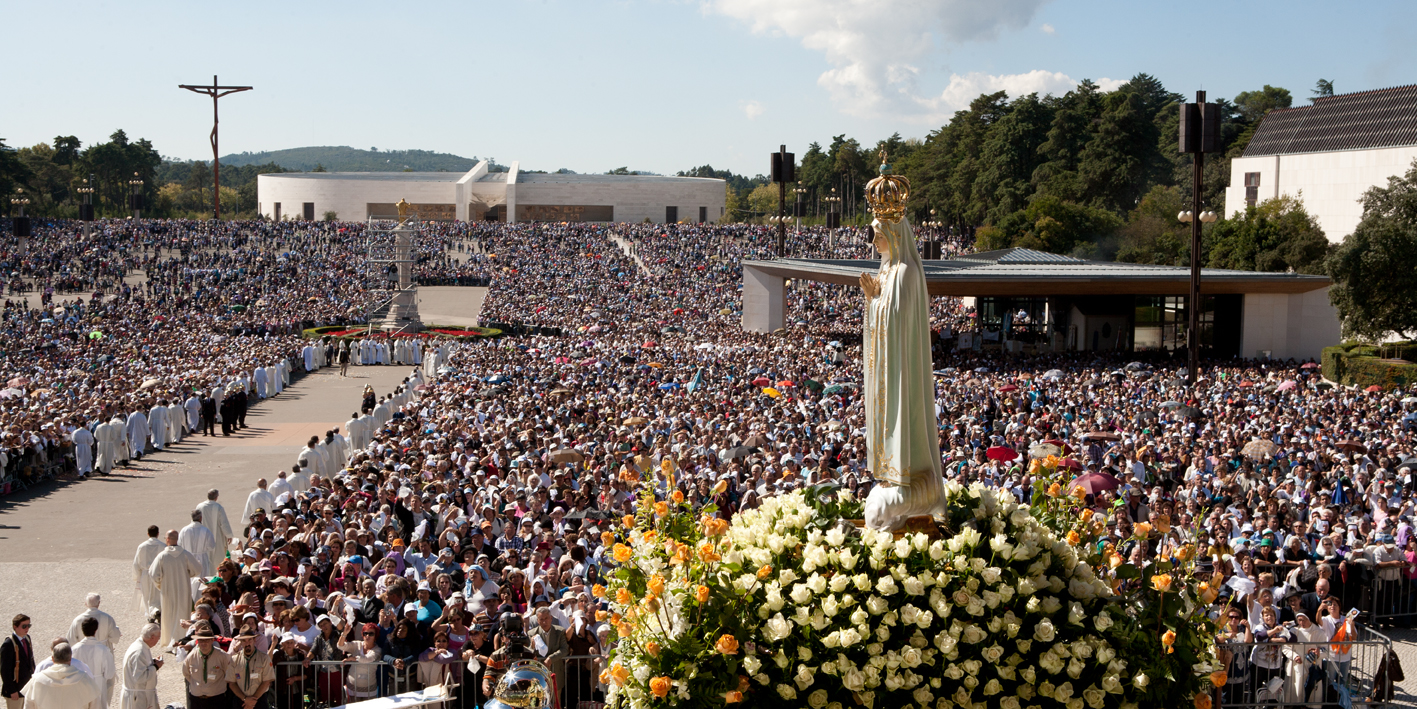The
Sacrifice of the Mass--
Jesus Dies Again
read..
Jesus Dies Again
Edited and
compiled by Keith Green
In Chronicle I, we thoroughly
examined the doctrine of transubstantiation its history, practice, and real
meaning. But we have waited for this second article to answer the question: Why?
Why must there be present in the Mass the literal body and blood of Jesus? What
purpose does it serve?
The answer is found in these
startling words: "The sacrifice of the Mass is the same sacrifice of the cross,
for there is the same priest, the same victim, and the same offering." ("The
Roman Catholic Sacrifice of the Mass" by Bartholomew F. Brewer,
Ph.D.)
And in the words of Pope Pius
IV...
"I profess likewise that in the
mass there is offered to God a true, proper, and propitiatory (conciliatory, to
soothe the anger of, to win or regain the goodwill of, to appease, placate or
make friendly, to reconcile - Webster's New World Dictionary and Harper's Bible
Dictionary.) sacrifice for the living and the dead." (From the fifth article of
the creed of Pope Pius IV.)
That is the incredible truth!
The Roman Catholic Church believes and teaches that in every Mass, in every
church, throughout the world (estimated at up to 200,000 Masses a day) that
Jesus Christ is being offered up again, physically, as a sacrifice for sin
(benefiting not only those alive, but the dead as well!) ("It is appointed unto
men once to die, but after this the judgment" Heb. 9:27.) Every Roman Mass is a
re-creation of Jesus' death for the sins of the world. Not a symbolic
re-creation! But a literal, actual offering of the flesh and blood of the Lord
to make daily atonement for all the sins that have been daily committed since
Jesus was crucified almost 2,000 years ago ("The Catholic Home Instruction
Book", #3, P. 90.).
That's why the elements must
become physically Jesus' body and blood, so that they can be once again offered
for sin:
"The Holy Eucharist is the
perpetual continuation of this act of sacrifice and surrender of our Lord. When
the Lord's Supper is celebrated, Christ again presents Himself in His act of
total surrender to the Father in death." ("The Spirit of Jesus" pp.89-90,
Imprimatur: John Joseph Cardinal Carberry, Archbishop of St. Louis.)
"He offers Himself continually
to the Father, in the same eternal act of offering that began on the cross and
will never cease." ("Sons of God in Christ" Book 4, P. 117.)
"The Mass is identical to
Calvary it is a sacrifice for sin it must be perpetuated to take away sin." (For
Them Also, pp.289-299.)
The catechism of the Council of
Trent required all pastors to explain that not only did the elements of the Mass
contain flesh, bones and nerves as a part of Christ, "But also a WHOLE CHRIST".
(Encyclopedia of Religions, Vol. 2, p.77.) Thus it is referred to as "the
sacrifice of the Mass" and as "a renewal of the sacrifice of the cross"! ("A
Catholic Word List" p. 45.)

 inundado por um mistério de luz que é Deus e N´Ele vi e ouvi -A ponta da lança como chama que se desprende, toca o eixo da terra, – Ela estremece: montanhas, cidades, vilas e aldeias com os seus moradores são sepultados. - O mar, os rios e as nuvens saem dos seus limites, transbordam, inundam e arrastam consigo num redemoinho, moradias e gente em número que não se pode contar , é a purificação do mundo pelo pecado em que se mergulha. - O ódio, a ambição provocam a guerra destruidora! - Depois senti no palpitar acelerado do coração e no meu espírito o eco duma voz suave que dizia: – No tempo, uma só Fé, um só Batismo, uma só Igreja, Santa, Católica, Apostólica: - Na eternidade, o Céu!
inundado por um mistério de luz que é Deus e N´Ele vi e ouvi -A ponta da lança como chama que se desprende, toca o eixo da terra, – Ela estremece: montanhas, cidades, vilas e aldeias com os seus moradores são sepultados. - O mar, os rios e as nuvens saem dos seus limites, transbordam, inundam e arrastam consigo num redemoinho, moradias e gente em número que não se pode contar , é a purificação do mundo pelo pecado em que se mergulha. - O ódio, a ambição provocam a guerra destruidora! - Depois senti no palpitar acelerado do coração e no meu espírito o eco duma voz suave que dizia: – No tempo, uma só Fé, um só Batismo, uma só Igreja, Santa, Católica, Apostólica: - Na eternidade, o Céu!